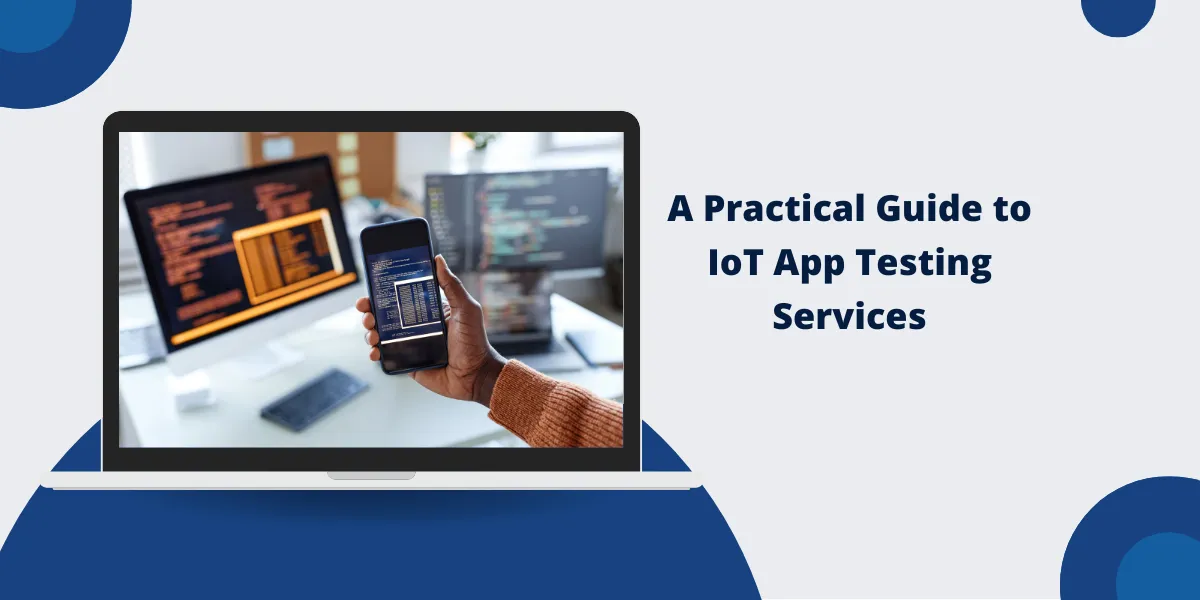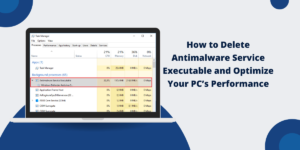The success of any connected product depends on more than just innovative hardware or sleek design – it hinges on reliability, security, and how well everything works together. That’s where testing earns its place.
Done right, IoT app testing services help uncover issues before they become costly problems in the field. Whether it’s a broken firmware update process, an insecure communication protocol, or an app that crashes under real-world conditions, proper testing enables teams to identify and fix what truly matters.
It’s not about pursuing 100% test coverage or merely ticking compliance boxes but about establishing confidence in how a device performs when users depend on it.
IoT-Specific Risk & Quality Landscape
Testing IoT systems involves more than just validating features – it requires managing a complex array of moving parts. Unlike standard mobile or web applications, IoT products operate across fragmented environments: embedded devices, wireless protocols, mobile apps, APIs, and cloud backends, each with its own quirks and failure modes.
Security risks are also broader. Devices can be physically accessed, communications intercepted, or firmware manipulated. Power constraints, unstable connectivity, and unpredictable user behavior make testing even more critical.
Add to that the long lifecycle of many IoT products, and it’s clear: quality assurance for IoT means thinking beyond basic test scripts and into real-world conditions.
Four Pillars of IoT Testing
Effective IoT testing relies on breaking the system down into manageable, testable layers. Each layer presents its challenges, requiring tailored strategies.
- Hardware & Firmware: The foundation. Even a minor bug in memory handling or sensor logic can cause significant issues in the field.
- Connectivity & Protocols: From Wi-Fi to Zigbee, LoRaWAN to BLE – protocols must be tested for stability, compatibility, and failover behavior.
- Backend Services & APIs: These handle data aggregation, device control, and cloud logic. Testing here means validating everything from authentication flows to scalability under load.
- Companion Apps & UX: The human-facing side is often the first to be blamed when something goes wrong. Mobile and web apps must work seamlessly with unpredictable device behavior.
Getting these four layers right is essential for any connected product to function as expected in the real world.
Deep-Dive Test Domains
Functional Validation Across the Device-Edge-Cloud Path
It’s not enough to test components in isolation. What matters is how data flows, from sensors through edge logic to cloud services and back to the user. Testing needs to cover the whole user journey, including device provisioning, data capture, real-time control, firmware updates, and exception handling. It includes both expected flows and edge cases, such as how the system reacts to a power loss during an update or malformed sensor input. Functional validation ties everything together into one coherent, testable experience.
Interoperability & Protocol Conformance
IoT ecosystems rarely run on a single standard. Devices must interact over protocols such as MQTT, CoAP, Zigbee, BLE, or even proprietary stacks, often within the same environment. Misinterpretation of specs, partial implementations, or firmware mismatches can cause subtle failures.
Testing involves validating protocol behavior across firmware versions, verifying conformance to specifications, and ensuring integration with hubs, gateways, or third-party devices. Golden reference devices and protocol sniffers become essential tools for catching issues before they appear in customer support tickets.
Security & Privacy Assurance
Security can’t be added at the end, as it has to be part of testing from the start. For IoT, that means looking beyond just the app layer. Firmware needs to be checked for hardcoded credentials, open debug ports, and outdated libraries. Device communication should use proper encryption, with secure key storage and certificate validation.
On the backend, roles and permissions need careful testing to prevent privilege misuse or lateral access. Regulatory expectations like GDPR and the growing use of SBOMs also put data handling and third-party code under the spotlight.
Threat modeling helps teams focus their efforts where they matter most. The goal isn’t to pass a checklist, but to find what a real attacker would.
Performance, Scalability & Reliability
In real-world conditions, IoT devices often operate under non-ideal loads or unstable networks. Testing should simulate low-bandwidth environments, delayed cloud responses, and dropped connections. How does the system handle a queue of 10,000 sensor updates or a burst of API calls?
Battery usage also matters – inefficient polling or retries can drain power faster than expected. Load testing across both device and backend layers helps expose bottlenecks and fragile points early before they become failures in the field or result in angry reviews on app stores.
Regulatory and Compliance Testing
Compliance isn’t just red tape, as it often reflects absolute safety and interoperability needs. Depending on the device type and market, teams may need to align with standards such as IEC 62443 for industrial systems, ISO 27030 for IoT security, or country-specific data protection laws.
On the hardware side, radio certifications such as FCC or CE are mandatory, and failing to meet the requirements late in the process can delay entire product launches.
OTA & Update Robustness
Over-the-air updates are essential, but they can be risky if not handled properly. Testing should cover interrupted downloads, low-battery scenarios, and rollback mechanisms.
Updates must be signed, verified, and ideally deployed in stages to catch failures early rather than after thousands of devices have already been affected.
Usability & Accessibility Under Constraints
IoT interfaces often lack screens or rely on minimal input. Testing should account for limited UI, voice, or gesture control and ensure that even in the event of failure, the user isn’t left guessing.
Tooling & Lab Infrastructure
Reliable IoT testing requires more than just devices and checklists, it needs the proper lab setup. Hardware-in-the-loop (HIL) rigs simulate sensors and external inputs to provide a realistic environment for testing. Protocol analyzers help trace low-level communication bugs.
Digital twins and emulators can fill gaps when real hardware isn’t ready. Cloud-based device farms enable parallel testing at scale, while CI/CD integration (via GitLab, Jenkins, etc.) ensures that tests run automatically with each firmware or app update.
Good tooling doesn’t replace testers, but it enables meaningful testing.
Metrics That Matter
The idea behind functional testing isn’t about finding bugs but about tracking what improves over time.
Key metrics include:
- Defect escape rate
- Mean Time to Detect and Recover
- Battery usage variance
- Firmware update success rate
- Device–cloud roundtrip latency (P90/P95)
These numbers help teams spot regressions early and justify test investments with real-world outcomes.
Common Pitfalls & Field Lessons
Some of the costliest issues emerge only after deployment—and often stem from overlooked basics.
- Testing only on Wi-Fi but deploying on cellular
- Ignoring RF interference or protocol clashes
- There is no plan for a rollback after failed updates
- Weak device onboarding flow
- Overlooking security during provisioning
Field experience teaches that edge cases aren’t truly edge cases; they’re just late.
Conclusion & Next Steps
IoT systems are complex, and testing them well takes more than a standard QA checklist. It means thinking across layers, simulating real-world conditions, and prioritizing potential issues that could arise in production.
For teams building connected products, investing early in structured, scenario-driven testing is what turns working prototypes into trusted solutions.

Priya Mervana
 Verified Web Security Experts
Verified Web Security Experts
Priya Mervana is working at SSLInsights.com as a web security expert with over 10 years of experience writing about encryption, SSL certificates, and online privacy. She aims to make complex security topics easily understandable for everyday internet users.



